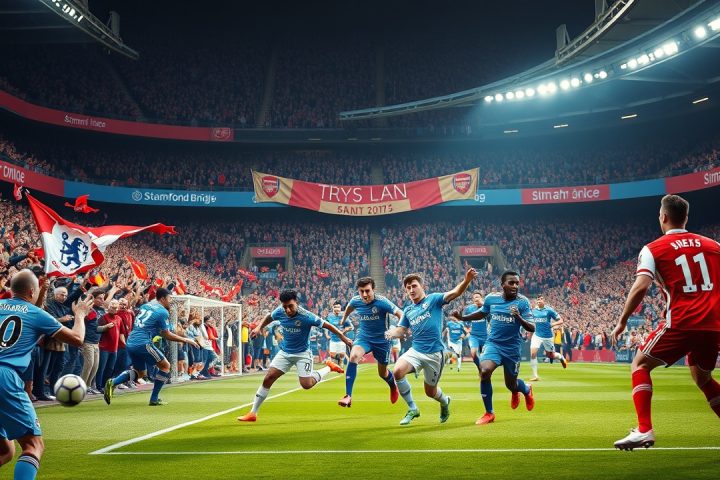The Underachievement of England in International Football
The sporting landscape of England has historically been marred by a pattern of underachievement in international football, an issue so persistent that it inspired the book “Why England Loses,” released in 2009. This work, authored by Simon Kuper and Stefan Szymanski, sought to unravel the complexities surrounding England’s struggles on the world stage.
Club Expenditures and Performance Metrics
One of the groundbreaking analyses in the book was the correlation between club expenditures and performance metrics in football. The authors tracked the finances of football clubs over several decades, revealing a clear pattern: teams that allocate higher budgets for wages tend to secure better positions in league standings. Conversely, clubs that practiced frugality with salaries found themselves at the lower rungs of the table. This relationship has proven consistent, as demonstrated by the current performance of leading clubs worldwide, which typically align with high spending on player salaries.
Notably, exceptions to this trend can be remarkable, such as Leicester City’s remarkable Premier League victory during the 2015-16 season with comparatively low wage expenditures, or the struggles of Manchester United and Tottenham amidst far greater financial commitments.
Transfer Spending and Success
The authors went on to clarify that transfer spending presents a far less reliable gauge of a club’s potential success in the immediate future. Kuper and Szymanski underscored that while there exists a striking link between average wage bills and league standings—92% over a 19-year analysis—transfer fees only show a weak 16% correlation to league position in any single season. Szymanski remarked that transfer fees are often tied to long-term player performance expectations rather than immediate results, making them less reliable. For example, a club might invest heavily in a young player with long-term potential while not calling upon them in their first season, muddying the waters of immediate on-field contributions.
New Research Insights
Newer research by Aurel Nazmiu from Twenty First Group (TFG) analyzed this further by extending the assessment period for transfer spending beyond just one season. Findings revealed that the correlation between gross transfer expenditures and success improved with time, reaching up to 61% over three seasons and even 66% after four years within the Premier League context. This aligns with the notion that investments in youth development require time to yield returns, especially as many English clubs prioritize younger talent.
Interestingly, overall quality in the Premier League has escalated, further complicating the integration of new signings into team dynamics. Despite significant transfer spending, teams face a heightened level of competition, making immediate success harder to achieve. TFG’s data suggest that unpredictability is a hallmark of the Premier League, as evidenced by a more modest correlation (55%) between points per game ratios across consecutive seasons as compared to its European counterparts.
Wages as a Predictor of Success
While wages remain the dominant predictor of success—believed to account for around 80-85% of the year-to-year variance in points—Nazmiu’s insights indicate that clubs will generally see a return on their investments if they remain steadfast over time. Even if transfer spending offers a poor short-term signal for success, historical trends show that over the long haul, larger expenditures are likely to translate into improved league standings. For example, La Liga exhibits a strong correlation of 71% between transfer spending and performance in a single season, which incrementally increases to 79% over three seasons, albeit largely due to the financial influence of its top clubs like Real Madrid, Barcelona, and Atlético Madrid.
Case Studies: Brentford and Chelsea
Examining specific clubs reveals that Brentford stands out as a shrewd operator in the Premier League, combining spending effectiveness with performance to boast the best points-per-pound ratio since their promotion. In stark contrast, Chelsea’s recent massive expenditures have resulted in significantly less efficiency in terms of points gained.
Conclusion
In conclusion, the relationship between transfer expenditure and performance remains complex. While spending can improve results over time, the predominant factor remains wage bills as the key indicator of league performance. This dynamic reinforces the notion that patience—especially with new signings—can yield dividends, a notion worth bearing in mind amid the flurry of summer transfer activity that often elicits immediate expectations.




